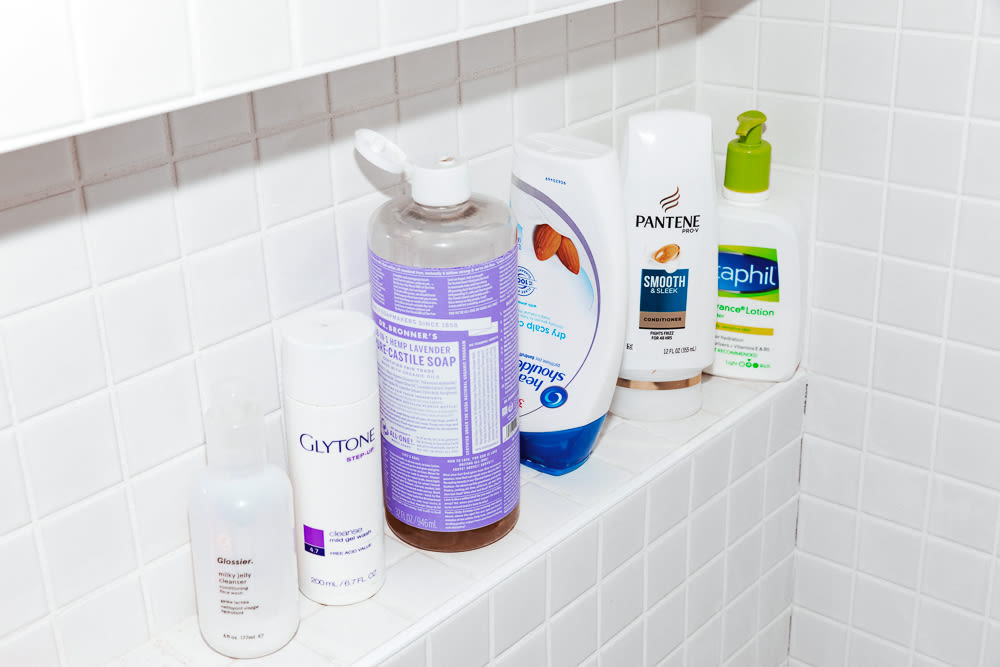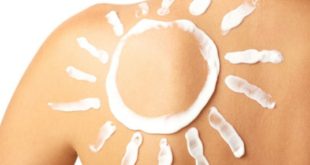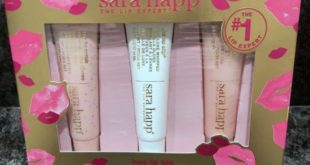
Halloween may have come and gone, but here’s a scary story that sounds like it’s late-night campfire worthy. [Turns on flashlight and holds it under chin] Imagine: you wake up one morning with large, itchy pustules on your face that all look the same and won’t go away. You visit dermatologist after dermatologist, who assault the bumps with everything from antibiotics to Accutane—still, you receive no respite. Something weird is going on, but the experts say it’s just a breakout.
The villain of the plot is fungal acne. It can wreak havoc on smooth skin, but because it often appears alongside regular acne, even highly trained dermatologists often miss the diagnosis. It also looks suspiciously like steroidal acne, which can happen if you’re on an oral corticosteroid to treat things like allergies or eczema. Plus, fungal acne is so rarely experienced on the face it is low on the breakout suspect list. It happened a couple years ago to Emily Ferber, who for a solid week was convinced she had a fungal breakout. (She didn’t.) But last week, the urban legend of fungal acne was confirmed by a person I actually knew: my friend Christina, who received a proper diagnosis and lived to tell the tale. “I’ve had acne since I hit puberty, but it started to look like what I now know is fungal acne when I was like 15,” Christina told me over the phone. “I would constantly put spot treatments on all over my forehead and nothing worked.” While the fungus went undetected, Christina’s dermatologists tried everything—and she didn’t figure out a solution until five years later. “I was told definitively I have fungal acne in certain parts of my face,” she explained, “and they finally gave me stuff that got rid of it.”
Fungal acne, or malassezia folliculitis, happens when there’s too much yeast on the skin and your pores become inflamed. To be clear, it isn’t weird or gross—malassezia yeast is just one character in the diverse cast of microscopic organisms that make up your skin’s microbiome. “It’s totally normal for this type of yeast to live on the skin,” says dermatologist Dr. Hadley King, “but certain medications or environmental factors can upset its balance.” Facial fungal acne tends to be less common because it’s most often triggered by tight, non-breathable clothing that creates the kind of moist environment yeast loves. If you do get fungal acne on your face, Dr. King says it’s most likely to spring up on the upper forehead. However, the humidity under protective face masks may also contribute to fungal acne lower down on the face. Other potentially contributing factors include warm climates, humidity, antibiotics, and chronic conditions that affect your immune system. You also might just be genetically predisposed to yeast overgrowth—in the same way that some people are predisposed to more frequent vaginal yeast infections, which are caused by a different yeast called candida.
If you do have fungal acne, luckily it’s easier to treat than diagnose. “Using an antifungal wash with either zinc pyrithione or selenium sulfide instead of your usual cleanser once a week can help,” says Dr. King. Christina found success with ketoconazole, a prescription-only antifungal wash she got from her dermatologist after she got the right diagnosis. And though it might sound weird, antifungal ingredients are also found over the counter in drugstore anti-dandruff shampoos—selenium sulfide is in Selsun Blue, and Head and Shoulders has zinc pyrithione. They work because dandruff is caused by the same yeast. If you’re not ready to use straight up shampoo on your face, another zinc pyrithione option is Vanicream’s Z-Bar. A milder antifungal is mandelic acid, which is also a gentle exfoliator. And fellow acid salicylic can also be helpful, even though it isn’t a direct antifungal. “Salicylic acid can help remove the dead skin cells and oils yeast feed on,” she explains. In other words, when the all you can eat buffet closes the yeast heads out.
On the off chance that stuff doesn’t work, consider going to see a board-certified dermatologist to confirm the diagnosis. Because first of all, you could have been wrong! And second, your derm has a slightly larger toolbox to deal with fungal acne. “A dermatologist can prescribe an oral antifungal medication, and these often work faster,” says Dr. King. They also might combine an antifungal with something like retin-A to help fade dark marks, and can help you strategize on how to calm non-fungal acne as well. (The two are often partners in crime.)
Most scary stories don’t end with a happy ending, but this one does. “There is often a trigger for fungal acne, like taking an oral antibiotic that disturbs the balance of the microbiome or wearing sweaty gym clothes,” says Dr. King. And if you can figure out and avoid the trigger, you probably won’t need to deal with another flare up of fungal acne any time soon. No worse-than-the-original sequel required.
—Ali Oshinsky
Photo via ITG



